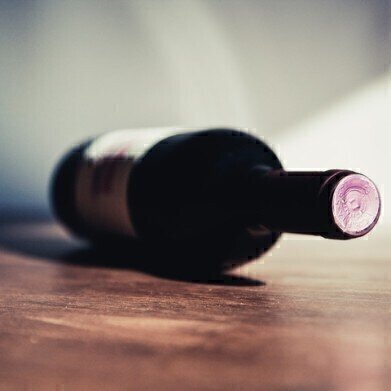LC-MS
What Causes that Old Wine Smell? Chromatography Explores!
Sep 19 2016
After uncorking a bottle of wine, the first thing people notice is the smell of the wine. Odour is one of our most powerful but underrated senses — without our odour receptors most foods taste bland and indistinguishable, think back to the last time you had a heavy cold and how everything tasted different. It is the same with wine. The odour molecules are just as important as the taste molecules when it comes to our enjoyment of fine wine.
Chemical smells
Wine quality is closely linked to aroma — the aroma of a wine is very complex and it can take a master sommelier many years to describe and identify a wine by its bouquet. There are hundreds of different volatile compounds in wine — some come from the grapes and some are formed during fermentation of the wine either in the barrel or in the bottle.
As analytical techniques have advanced, researchers have found that it is not necessarily the most abundant volatile molecules that give each wine its distinctive smell —but rather certain trace level compounds which happen to have strong odours or that we are receptive to. Cabernet Sauvignon and Sauvignon Blanc wines tend to have a green pepper odour — isobutyl methoxypyrazine at a concentration of only 30 pg l-1 is responsible for the smell. The peppery smell of Shiraz wines is due in part to rotundone at concentrations as low as 20 ng l-1 — our odour receptors are more sensitive than many people think.
And now a team from the University of Strasbourg has identified an enzyme behind the characteristic odour of aged wines — CYP76F14.
Aged wine smell — that must be CYP76F14
Enzymes are simply biological catalysts — they speed up or lower the activation energy allowing reactions in biological systems to proceed. In this instance, the enzyme CYP76F14 is part of a family of enzymes which help to breakdown certain molecules — and in grapes can promote the conversion of monoterpenol linalool into (E)-8-carboxylinalool.
As the wine matures it is this compound — (E)-8-carboxylinalool — that turns into wine lactone, the source of the lovely odour present in aged wines. Using liquid chromatography in tandem with mass spectrometry (LC-MS) the team were able to show that wine lactone increased as wine aged — helping to give aged wine its fine odour. They were even able to show how — in the paper published in New Phytologist — how different wines produced wine lactone at different rates.
The development of LC-MS as an analytical technique is discussed in the article, Capillary Flow LC-MS Unites Sensitivity and Throughput. The team hope that the work will provide new insights into how grapes and wine aromas metabolise — providing research ideas for the future. Nice red anyone?
Digital Edition
Chromatography Today - Buyers' Guide 2022
October 2023
In This Edition Modern & Practical Applications - Accelerating ADC Development with Mass Spectrometry - Implementing High-Resolution Ion Mobility into Peptide Mapping Workflows Chromatogr...
View all digital editions
Events
Apr 23 2024 Kintex, South Korea
Apr 23 2024 Seoul, South Korea
Apr 28 2024 Montreal, Quebec, Canada
May 05 2024 Seville, Spain
May 15 2024 Birmingham, UK














